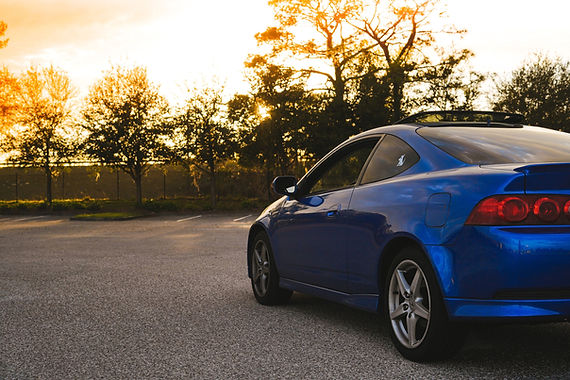top of page

ISAC
Integrated Sensing and Communication
Integrated sensing and communications (ISAC) is a key enabler for B5G/6G systems, offering benefits in hardware efficiency and spectrum reuse. A central challenge in ISAC is clutter suppression—removing unwanted reflections from static objects, which is essential for reliable target detection. While prior studies assume static clutter has zero Doppler, this assumption is violated in mobile ISAC scenarios where the transceiver is in motion and clutter exhibits non-negligible Doppler shifts. To address this problem, our research group developed a space-time adaptive processing for ISAC systems (ISAC-STAP) algorithm. This method suppresses clutter by utilizing neighboring range cells and detects targets, even in the presence of transceiver mobility, making it suitable for applications such as SLAM and V2X in dynamic environments.

Fig. 1. Normalized power spectrum [dB] at the range cell of target 1
[Related publication]
-
N. Lee, H. Park, H. Kim, K. Jung, and S. Kim, “ISAC-STAP: Space-time adaptive processing for ISAC systems,” in Proc. 2024 IEEE Glob. Commun. Conf. Workshops (GLOBECOM Workshops), Cape Town, South Africa, Dec. 2024.
bottom of page
